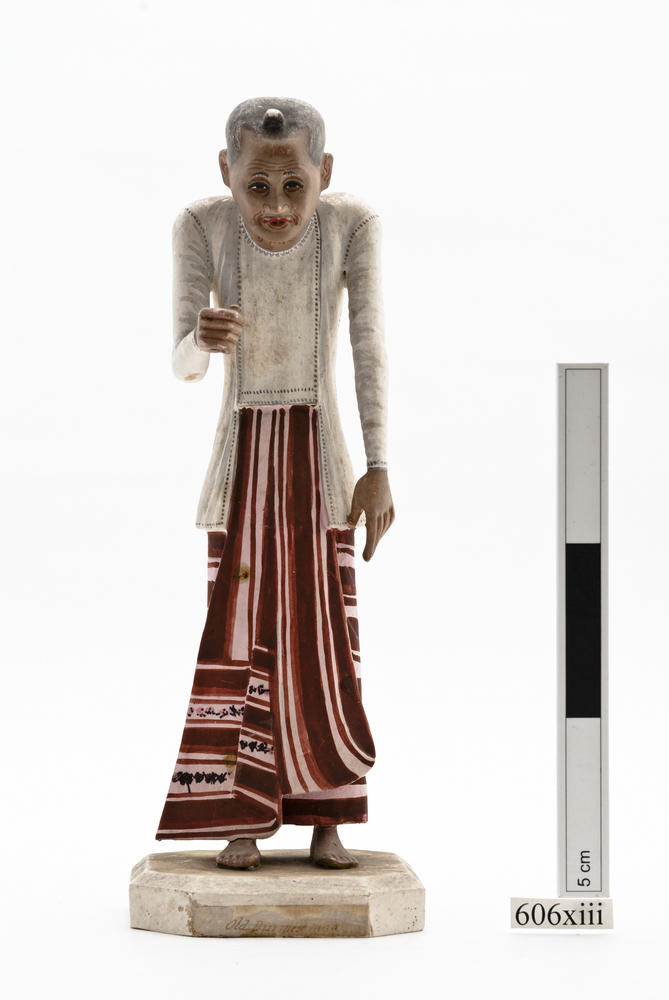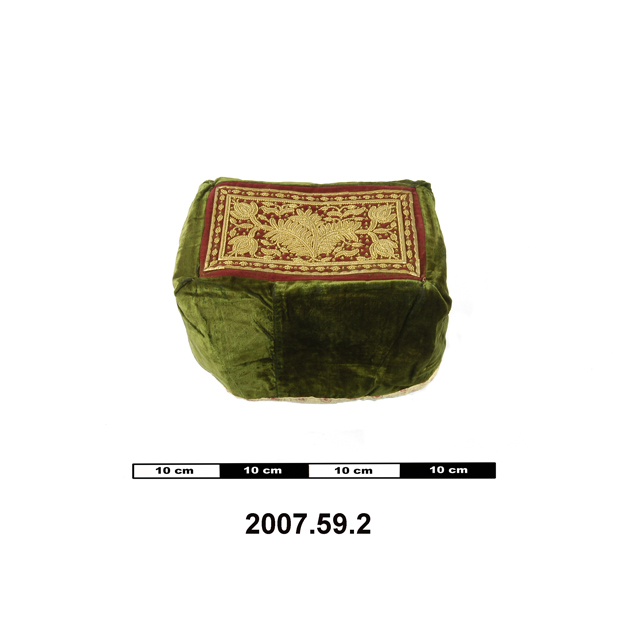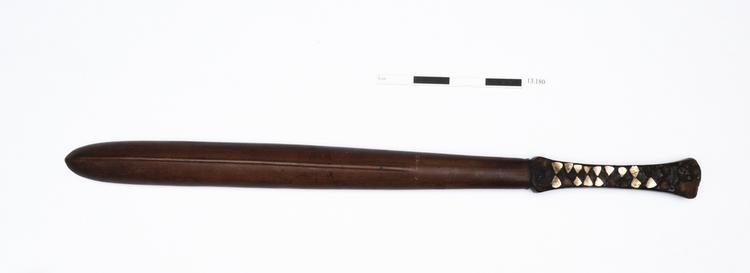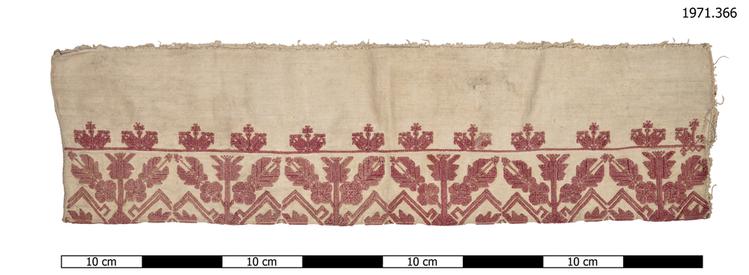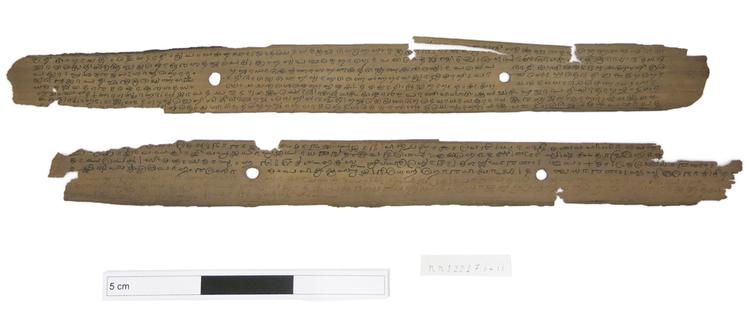
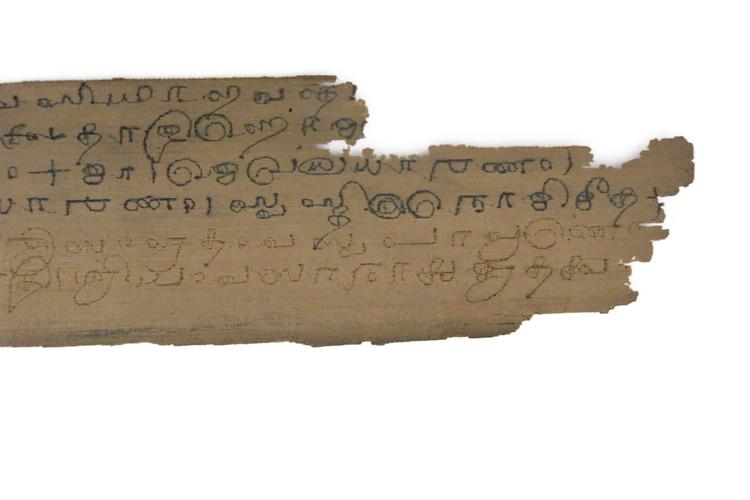
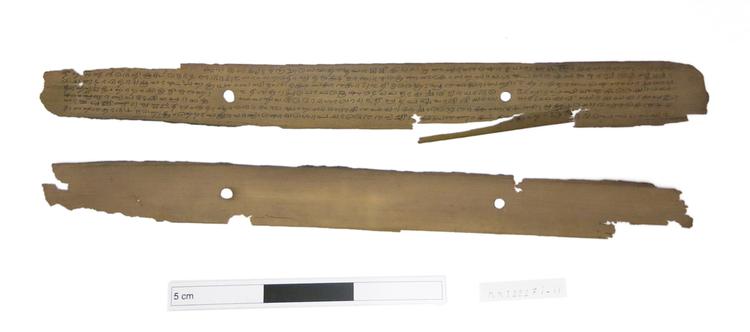
Palm leaf Sanskrit text in the Grantha script. References to ‘Gāyatrī’, so presumably a Hindu application of the Vedic term. The lower folio is apparently the final one, with 2½ lines that may be a faintly written colophon. Note: Grantha script was widely used between the 6th century and the 19th century CE by Tamil speakers in Southern India, particularly in Tamil Nadu and Kerala, to write Sanskrit and classical Manipravalam, and is still in restricted use in traditional vedic schools (veda pāṭhaśālā). It evolved from the ancient Brāhmī script and is therefore classified under the Brahmic family of scripts.
Palm leaf Sanskrit text in the Grantha script*. References to ‘Gāyatrī’†, so presumably a Hindu application of the Vedic term. The lower folio is apparently the final one, with (on recto of nn12217ii_001-R.jpg, partly enlarged in nn12217ii_002-R.jpg) 2½ lines that may be a faintly written colophon, but I can’t read it. The upper folio does not seem to be the beginning of the text. *Grantha script was widely used between the 6th century and the 19th century CE by Tamil speakers in Southern India, particularly in Tamil Nadu and Kerala, to write Sanskrit and classical Manipravalam, and is still in restricted use in traditional vedic schools (veda pāṭhaśālā). It evolved from the ancient Brāhmī script and is therefore classified under the Brahmic family of scripts. † Gāyatrī is the feminine form of gāyatra, a Sanskrit word for a song or a hymn, having a Vedic meter of 3 padas or lines of 8 syllables. In particular it refers to the Gayatri mantra, and the Hindu goddess Gayatri as that mantra personified.



